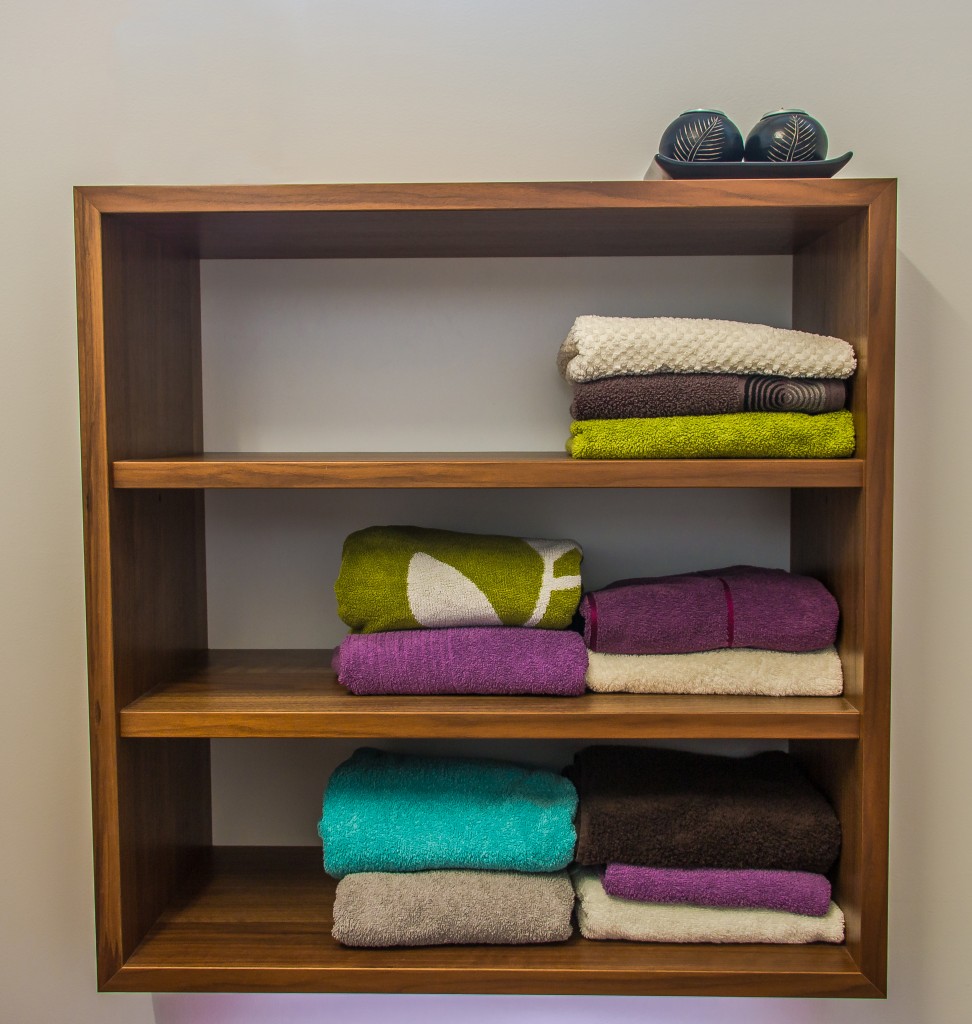Regardless of the size of your house, never overlook the importance of storage shelves. No home can have ‘too much’ storage capacity because there will always be room for more. The best part is that you can place any objects on them, and anyone can make it at home.
However, building work around the house can be physically taxing, especially if you have lumbar problems or injuries. You can seek non-surgical scoliosis treatment and manage the condition so you can continue to be handy with a hammer and tools.
But if you’re ready to go, here are the top six tips to consider when building wooden shelves to get the most out of the project.
Determine the Need of the Space
Before you build shelves, figure out what the particular space you’re making it for needs. For instance, if you’re thinking of building a shelf for your bathroom to store towels, making it too deep and long isn’t ideal for the place, especially for smaller comfort rooms.
So, make it a habit to identify how you’re going to use the shelf, by asking yourself if you need it for storage or decor, what you’re going to place on it, and possible conflicts, such as open doors or eye-level hazards.
Decide What Type of Shelves to Add
When you decide what you need the shelving units for, determine how you will structure or arrange them. Here are the most common shelves you can make:
- Hanging or Suspended Shelves — You can achieve this by having steel cables, used belts, or ropes firmly placed on the walls, looping them around and putting the wooden planks between the spaces.
- Floating Shelves — This type of shelving is sturdy and easy to build. It doesn’t show any visible supports and only needs the wooden shelves and fasteners like nails.
Choose the Type of Wood to Use
 There are many wooden materials you can use for shelving, but here are the most affordable, easy to install, and common ones:
There are many wooden materials you can use for shelving, but here are the most affordable, easy to install, and common ones:
- Economy Fir Plywood — Plywood is the most common material used for building shelves, as it’s light and has excellent resiliency.
- Pine Lumber — This is a more uncommon but one of the best wooden materials you can use for shelving as it’s sturdy and can fit any home aesthetic.
Hide the Edges
No matter what wood you choose for your shelves, you will likely encounter ‘ugly edges,’ typical in wooden materials, especially in plywood. Luckily, you can hide these easily using ‘edge banding,’ a thin strip of wood veneer. All you need to do is iron on the adhesive-backed edge banding and trim of the excess, giving you smooth edges and cleaner looking shelves.
Don’t Neglect ‘Wasted’ Spaces
When building shelves, you may notice there’s a lot of space left in most areas around your home, like the closet or the kitchen. Although these places are a little challenging to reach, it can serve as a great place to store or display items you seldom use. Make the most out of the project and use this wasted space by adding a second shelving unit above your initial one.
Polishing It Up
After you’ve chosen the materials and how you’re going to arrange the shelves, it’s best to wrap up the project by polishing the wood. Doing this leaves the wooden shelving units moisturized and protected from wearing out and other elements.
Building wooden shelving units doesn’t need to be hard, and following the tips mentioned simplifies the process while allowing you to achieve more and get stunning results.




